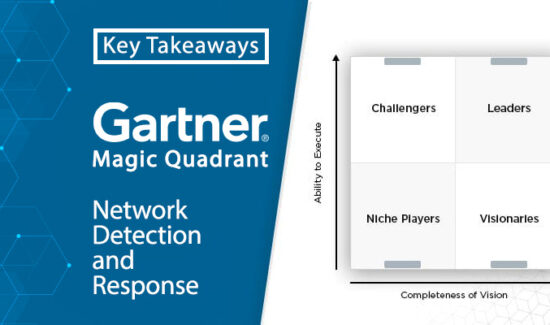13 Application Monitoring Best Practices for Enterprises


The editors at Solutions Review map out some Application Monitoring best practices every enterprise should consider in their operation strategies.
Application monitoring is a systematic process that involves tracking and analyzing various aspects of a software application’s performance, behavior, and health. It encompasses the continuous collection, measurement, and interpretation of data related to an application’s infrastructure, code execution, user interactions, and overall functionality. The primary goal of application monitoring is to ensure that the application operates efficiently, meets performance expectations, and remains available to users without disruptions. It involves the use of monitoring tools and solutions to gather real-time insights into metrics such as response times, error rates, resource utilization, and user satisfaction.
Application monitoring is crucial for enterprises because it provides a proactive approach to identifying and addressing potential issues before they impact end-users or business operations. It enables organizations to maintain optimal performance, prevent downtime, and enhance the overall user experience. By monitoring key performance indicators, enterprises can make informed decisions about resource allocation, scalability, and improvements to the application architecture, ultimately supporting business objectives and maintaining a competitive edge in the digital landscape.
13 Application Monitoring Best Practices for Enterprises
Here are some application monitoring best practices that enterprises should consider:
- Define Clear Objectives and Key Performance Indicators (KPIs):
- Clearly define the goals and objectives of your application monitoring strategy.
- Identify and prioritize key performance indicators (KPIs) that align with business objectives, such as response time, error rates, and throughput.
- Comprehensive Coverage:
- Monitor all critical components of your application stack, including servers, databases, networks, and third-party services.
- Ensure monitoring covers both front-end and back-end components, providing a holistic view of the application ecosystem.
- Real User Monitoring (RUM):
- Implement Real User Monitoring to understand how actual users experience your application.
- Capture data on page load times, user interactions, and overall user satisfaction.
- Synthetic Monitoring:
- Use synthetic monitoring to simulate user interactions and test application functionality.
- Conduct regular synthetic tests to identify performance bottlenecks and potential issues before they impact real users.
- Logging and Error Tracking:
- Implement robust logging practices to capture relevant information for troubleshooting and analysis.
- Set up error tracking to promptly detect and resolve issues, minimizing downtime.
- Alerting and Notification:
- Establish proactive alerting based on predefined thresholds for performance metrics.
- Prioritize alerts according to their impact on critical business functions.
- Implement escalation procedures to ensure timely response and issue resolution.
- Scalability Planning:
- Monitor resource utilization and plan for scalability as application traffic grows.
- Use auto-scaling mechanisms to dynamically adjust resources based on demand.
- Anomaly Detection:
- Leverage machine learning and anomaly detection algorithms to identify abnormal patterns in application behavior.
- Set up alerts for unusual behavior that may indicate a potential issue.
- Incident Response Plan:
- Develop a comprehensive incident response plan to address issues quickly and effectively.
- Clearly define roles and responsibilities for incident response team members.
- Performance Baselines:
- Establish performance baselines during normal operating conditions.
- Compare current performance metrics against baselines to quickly identify deviations and potential issues.
- Historical Analysis:
- Store historical performance data for trend analysis and long-term planning.
- Use historical data to identify recurring issues and make informed decisions about infrastructure and application improvements.
- Continuous Improvement:
- Regularly review and update your monitoring strategy to adapt to changes in application architecture, user behavior, and business requirements.
- Solicit feedback from users and stakeholders to enhance monitoring based on real-world experiences.
- Collaboration and Communication:
- Foster collaboration between development, operations, and business teams.
- Establish clear communication channels to share insights, coordinate responses, and align monitoring efforts with business goals.
By following these application monitoring best practices, enterprises can maintain a high level of performance, reliability, and user satisfaction while minimizing downtime and the impact of potential issues.
This article was AI-generated by ChatGPT and edited by Solutions Review editors.



















